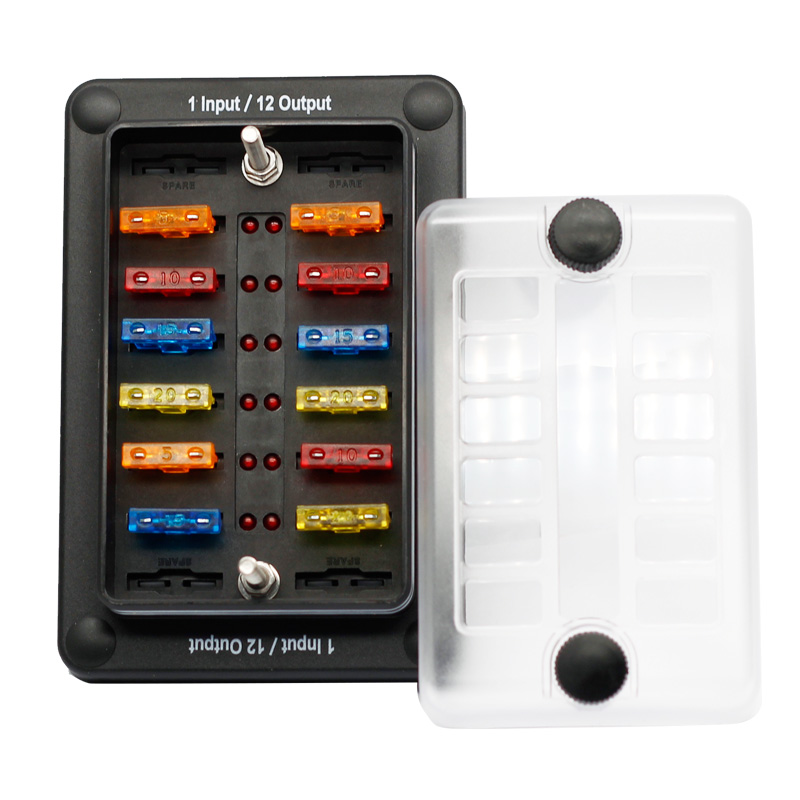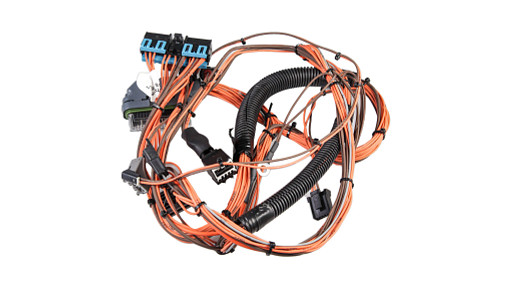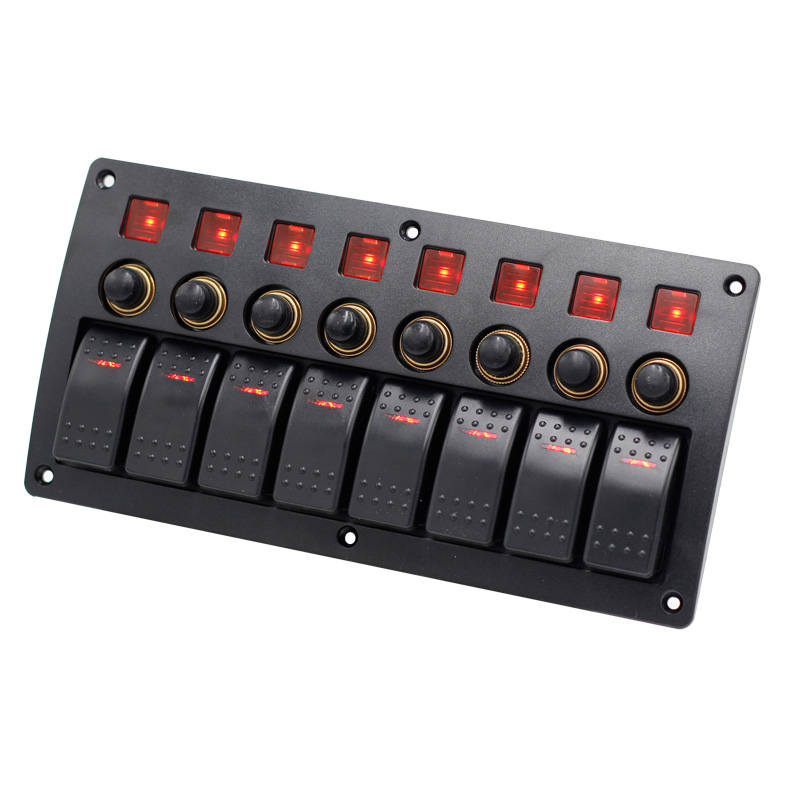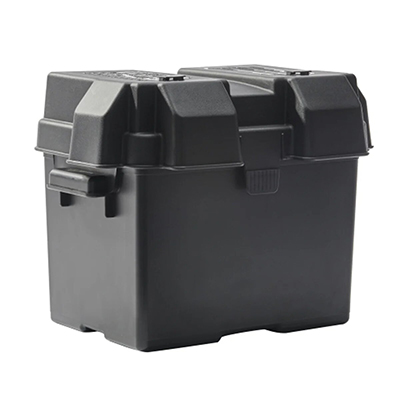Fuse Box Applications and Essential Safety Precautions
Case 2025-10-10
A fuse box, also known as a fuse panel or distribution box, is a critical component in electrical systems that protects circuits from overcurrent and short-circuit hazards. By housing fuses or circuit breakers that melt or trip when current exceeds safe levels, it prevents electrical fires, equipment damage, and potential electrocution. Its versatility makes it indispensable across various industries and applications, while proper usage and maintenance are vital to ensure reliable performance.

Key Application Fields of Fuse Boxes
Fuse boxes are widely used in both traditional and emerging sectors due to their core circuit protection function. In the automotive industry, especially in new energy vehicles (NEVs), fuse boxes play a pivotal role in high-voltage DC circuit protection. A typical passenger car uses 1-3 main circuit fuses (rated 300-700A) and 3-5 auxiliary fuses (≤100A) for components like air conditioners and DC/DC converters, while commercial buses may require 3-8 main fuses (≥500A) due to higher power demands. With global NEV production soaring—China alone produced 12.888 million units in 2024—the demand for automotive fuse boxes continues to surge.
In renewable energy sectors such as solar photovoltaic (PV) and wind power, fuse boxes protect inverters, battery storage systems, and power distribution lines from current fluctuations. The rapid expansion of solar installations and energy storage projects has driven the adoption of high-voltage, fast-response fuse boxes tailored to these applications. Additionally, fuse boxes are essential in industrial settings (manufacturing machinery, metallurgical equipment), telecommunications (5G base stations), smart grids, and even residential buildings (as distribution panels for household circuits).
Application Industries for Fuse Boxes
The automotive aftermarket relies heavily on fuse boxes for vehicle maintenance and upgrades, with specialized variants for different car models and NEV high-voltage platforms like 800V systems. The renewable energy industry integrates fuse boxes into PV farms and wind turbines, where they must withstand harsh outdoor conditions. Industrial automation sectors use ruggedized fuse boxes to protect assembly lines and robotic equipment, while telecommunications infrastructure requires compact, heat-resistant models for data centers and base stations. The construction industry also depends on fuse boxes for temporary power distribution at job sites and permanent wiring in new buildings.
Essential Safety Precautions for Fuse Boxes
1. Correct Rating Matching: Always use fuses with the exact current rating specified by the equipment manufacturer. Overrating (using higher-amperage fuses) can bypass protection and cause overheating, while underrating may lead to frequent, unnecessary melting. For example, NEV main circuits require fuses rated for 300-700A, while auxiliary circuits need ≤100A fuses.
2. Regular Inspection and Maintenance: Conduct periodic checks (monthly for industrial use, quarterly for residential/automotive) to: Remove dust and debris that can cause overheating (use compressed air for cleaning).Inspect fuse contacts for corrosion, burn marks, or loose connections—replace damaged components immediately.Verify that indicator lights or meters (if equipped) function properly to signal faults.
3. Environmental Protection: Install fuse boxes in dry, well-ventilated areas away from water, moisture, and flammable materials. For outdoor or wet environments (e.g., marine vessels, construction sites), use waterproof, dustproof models with an IP rating of at least IP64. Ensure the box housing is made of flame-retardant materials (e.g., UL94 V0-rated plastics) to prevent fire spread.
4. Safe Installation Practices: Only qualified electricians should install or modify fuse boxes. Disconnect power before replacing fuses or wiring, and use insulated tools to avoid electrocution. For automotive applications, secure the fuse box to prevent vibration-induced damage, and route wires away from hot components like engines or exhaust systems.
5. Troubleshooting Guidelines: If a fuse repeatedly blows, identify the root cause (e.g., short circuit, overloaded circuit) before replacing it. Avoid temporary fixes like “jumping” fuses with wires, as this eliminates all protection. In industrial settings, use multimeters to test circuits for faults before reinstalling fuses.
Conclusion
Fuse boxes are indispensable across industries, from automotive and renewable energy to industrial and residential sectors. Their role in preventing electrical hazards cannot be overstated, but their effectiveness depends on proper application, maintenance, and adherence to safety guidelines. By matching ratings correctly, conducting regular inspections, and following installation best practices, users can ensure fuse boxes provide reliable protection for circuits and equipment.


